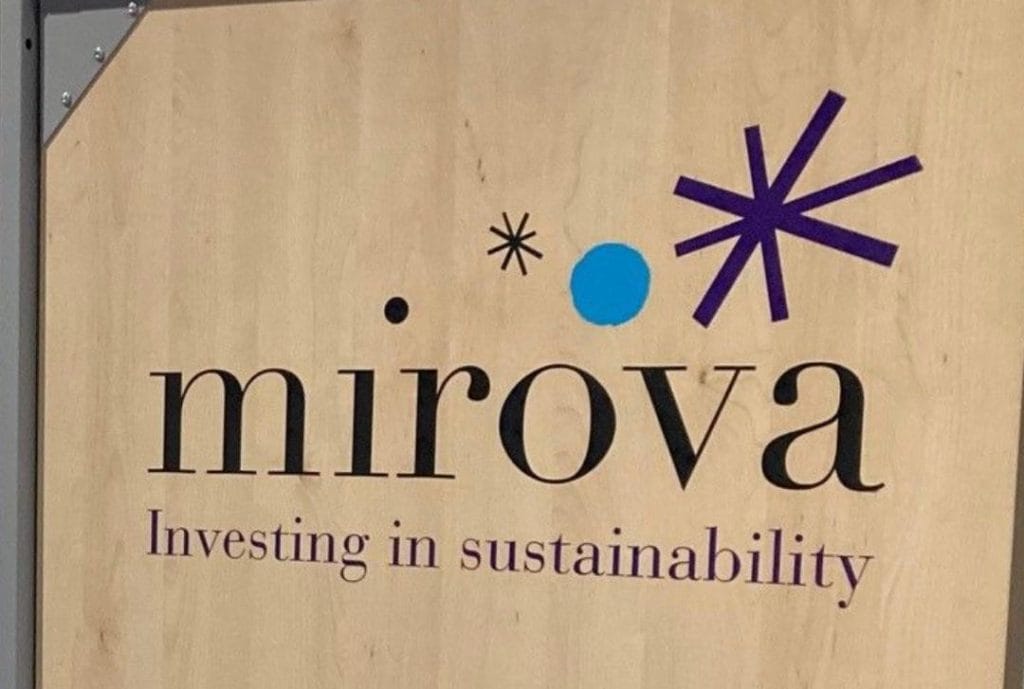Mirova Energy Transition Fund Reaches $1.3B in Second Close as Investor Demand Grows

• Mirova’s MET6 fund hits €1.2 billion ($1.3 billion) in commitments at its second close, halfway to its €2 billion target.
• The fund has already deployed nearly €1 billion across 10 investments spanning renewables, power producers, and e-mobility.
• Backed by institutional capital, MET6 reflects accelerating investor appetite for resilient, low-carbon infrastructure.
Rapid Deployment of Capital
Mirova, the sustainable-finance affiliate of Natixis Investment Managers, has reached €1.2 billion in commitments for its flagship Mirova Energy Transition 6 (MET6) fund at its second close in August 2025. The vehicle targets €2 billion and is already more than halfway deployed, underscoring the speed at which capital is flowing into clean-energy assets.
Since its launch, MET6 has invested more than €960 million across 10 projects—around half its eventual fund size. About one-third of capital is placed in large renewable portfolios spanning multiple OECD markets, half supports the growth of three experienced Independent Power Producers, and the remainder is directed to e-mobility ventures.
The fund’s portfolio reflects Mirova’s broader energy-transition thesis: combining scale in generation assets with exposure to new electrification technologies that anchor decarbonized value chains.
Deep Pipeline and Sector Diversity
Over the past year, Mirova’s investment team has screened more than 300 potential opportunities representing €18 billion in equity and roughly 190 GW of installed capacity. Several transactions are in advanced negotiations, with additional closings expected before year-end.
MET6 invests in both greenfield and brownfield infrastructure, including corporate-level investments in clean-energy developers. Target sectors range from solar PV, onshore wind, and hydropower to battery storage, low-carbon mobility, and energy-efficiency platforms. This breadth is intended to mitigate exposure to single-market volatility while capturing emerging policy support across Europe, North America, and Asia-Pacific.
Institutional Appetite for Transition Assets
The strong second close was driven by repeat investors and new limited partners, many of whom are seeking defensive long-term assets aligned with net-zero strategies. The appeal lies in infrastructure’s ability to offer stable, inflation-linked cash flows while contributing directly to energy-system decarbonization.
“The successful second close of MET6 demonstrates continued confidence in the energy-transition asset class,” said Raphaël Lance, Head of Energy Transition Funds at Mirova. “Institutional investors recognize its dual potential—delivering sustainable impact and resilient financial performance.”

In the current macroeconomic climate, characterized by high interest rates and geopolitical uncertainty, renewable-infrastructure funds have attracted record allocations from pension funds, insurers, and sovereign investors. The predictability of regulated or contracted revenues, coupled with policy tailwinds from the EU Green Deal, the U.S. Inflation Reduction Act, and Japan’s GX program, continues to reinforce investor confidence.
Broader Market Context
Mirova’s rapid deployment pace places MET6 among Europe’s most active private infrastructure funds in the clean-energy space. The firm’s strategy aligns with the global shift toward asset-level ownership of transition infrastructure, as governments tighten emission targets and corporations race to secure renewable supply through long-term power-purchase agreements.
The fund’s emphasis on e-mobility and storage also reflects the next phase of decarbonization—beyond generation—to encompass grid flexibility and electrified transport. These sectors are increasingly central to national energy-security agendas as the electrification of vehicles and buildings accelerates.
Outlook for 2025
Mirova plans to continue fundraising throughout 2025, targeting additional institutional commitments to reach its €2 billion cap. The firm expects sustained momentum as investors seek exposure to tangible transition assets that can withstand market cycles and regulatory shifts.
For C-suite leaders and institutional allocators, MET6’s progress illustrates a broader inflection point: capital is no longer waiting for policy certainty—it is shaping it. Funds able to combine execution speed with disciplined ESG governance are likely to set the tone for the next phase of global clean-infrastructure investment.
Follow ESG News on LinkedIn











